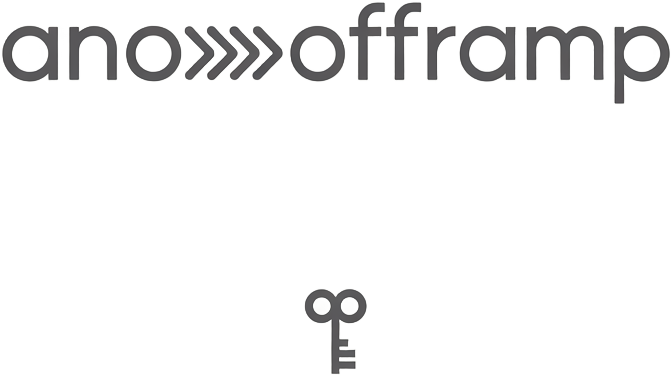
Stablecoin on/off-ramping has become a cornerstone for both seasoned crypto users and privacy-focused newcomers seeking efficient ways to move value between fiat and digital assets. Yet, the landscape remains fragmented, with most solutions relying on complex multi-token ecosystems, opaque fee structures, and limited privacy guarantees. The rise of Stablechain, a dedicated Layer 1 blockchain purpose-built for Tether’s USDT, is poised to disrupt this status quo by introducing a streamlined, privacy-centric alternative for stablecoin transactions.

Why Stablechain’s USDT Native Model Matters
Traditional blockchains often require users to hold a separate native token (like ETH or BNB) for transaction fees, even when transacting stablecoins. This introduces unnecessary friction, exposes users to volatility, and complicates the onboarding process for those seeking simplicity and privacy. Stablechain eliminates these hurdles by making USDT the native asset for both settlements and fees. Users transact, pay gas, and settle entirely in USDT, removing the need to swap or manage volatile tokens.
This approach is not only more intuitive but also addresses a key pain point for privacy advocates: minimizing traceable conversions between assets. By keeping all activity within the USDT ecosystem, Stablechain simplifies compliance and reduces the data footprint associated with every transaction. For those prioritizing anonymity in their stablecoin use, this is a significant leap forward. Further technical details can be found in our deep dive on how Stablechain’s USDT-native blockchain changes on/off-ramping.
Gas-Free Stablecoin Transfers: The USDT0 and gasUSDT Advantage
Stablechain introduces two innovative mechanisms: USDT0 (an Omnichain Fungible Token standard) and gasUSDT. USDT0 can be seamlessly converted into gasUSDT for paying transaction fees. For the end user, this means gas-free peer-to-peer transfers: a radical simplification compared to legacy blockchains. Technologies like EIP-7702 and Account Abstraction underpin these features, allowing for transparent transfers without intermediary tokens or manual fee management.
In practice, this enables private users to send USDT without worrying about topping up a separate gas token wallet or exposing themselves to additional KYC checks. For privacy advocates and high-frequency traders alike, these innovations translate to lower operational risk and fewer points of potential data leakage.
Technical Infrastructure: Built for Speed, Privacy, and Scale
The backbone of Stablechain’s performance is its robust technical stack. With StableBFT consensus delivering sub-second finality, StableDB for rapid data processing, and full EVM compatibility, Stablechain can accommodate the needs of institutional-grade players as well as privacy-first individuals. These features ensure that USDT stablecoin cards, on/off-ramp services, and anonymous conversion tools built atop Stablechain are not only fast but also highly reliable.
Key Benefits of Stablechain USDT On/Off-Ramps
-

Native USDT Transactions: Stablechain uses USDT as its native asset for both transaction fees and settlements, eliminating the need for volatile gas tokens. This streamlines the process for private users, allowing them to transact entirely in USDT without conversion hassles.
-
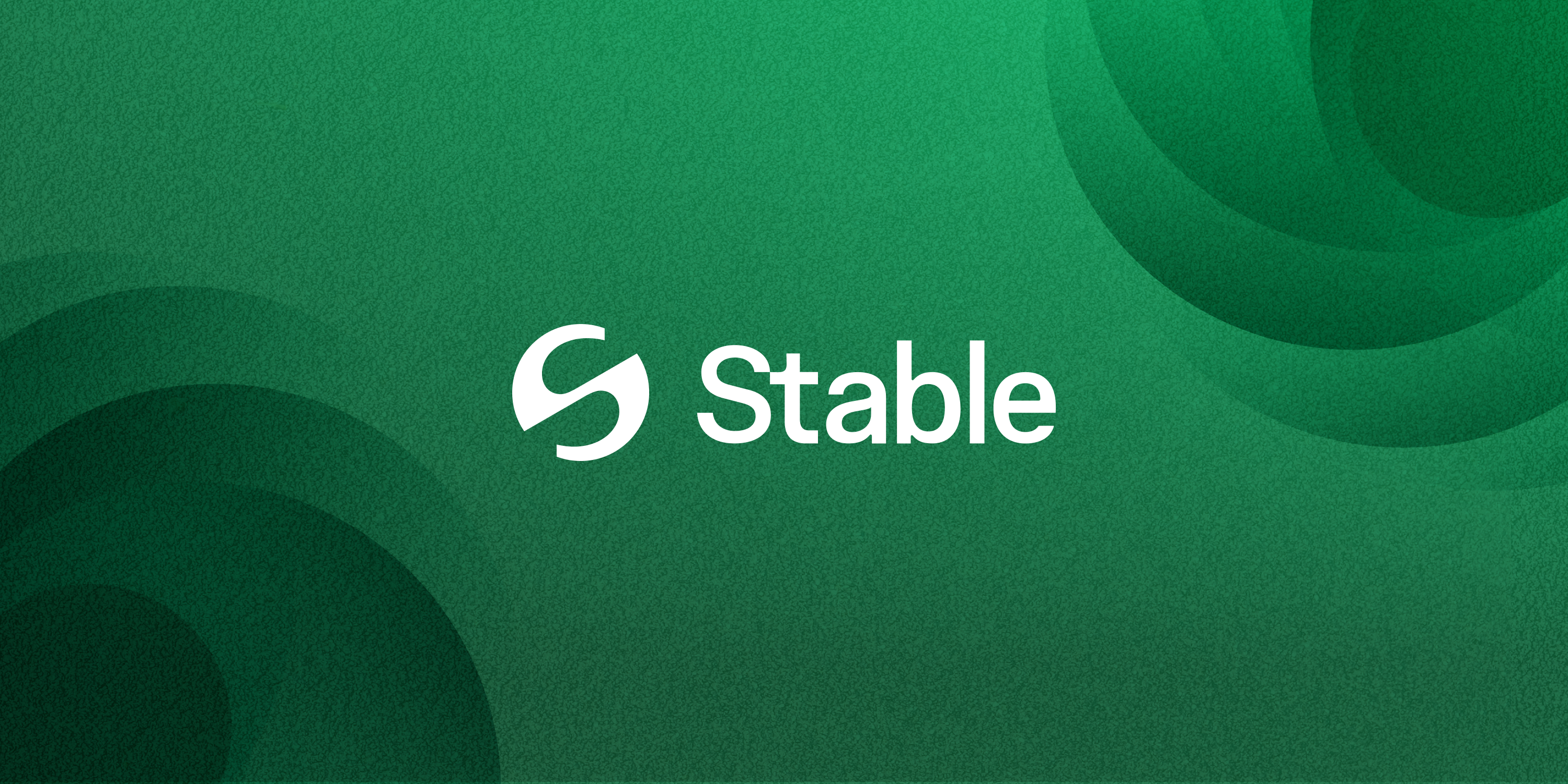
Gas-Free Peer-to-Peer Transfers: Through the integration of USDT0 and automatic conversion to gasUSDT, users can enjoy gas-free transfers. This reduces friction and cost for private users, making microtransactions and frequent transfers more practical.
-

Enhanced Privacy Features: Stablechain leverages technologies like EIP-7702 and Account Abstraction to provide privacy-focused transactions. This ensures that sensitive financial activity remains confidential, addressing a key concern for private crypto users.
-
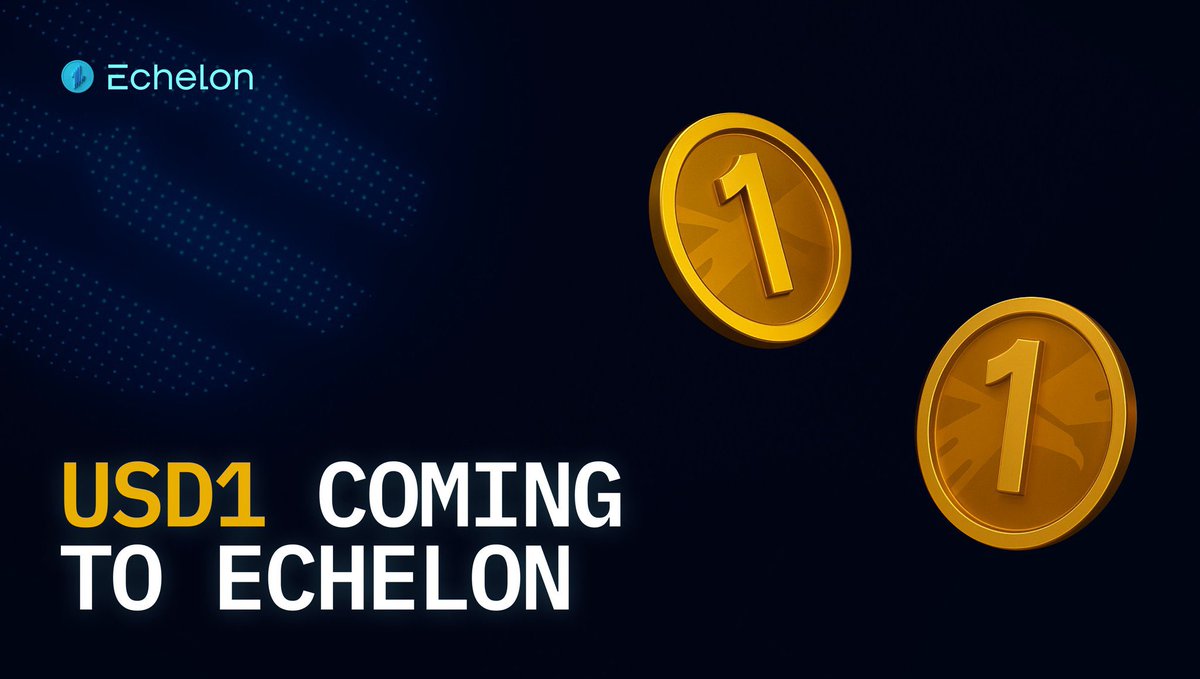
High Performance and Scalability: With components such as StableBFT for sub-second finality and StableDB for fast data processing, Stablechain delivers reliable, high-frequency USDT transactions suitable for both individuals and institutions.
-
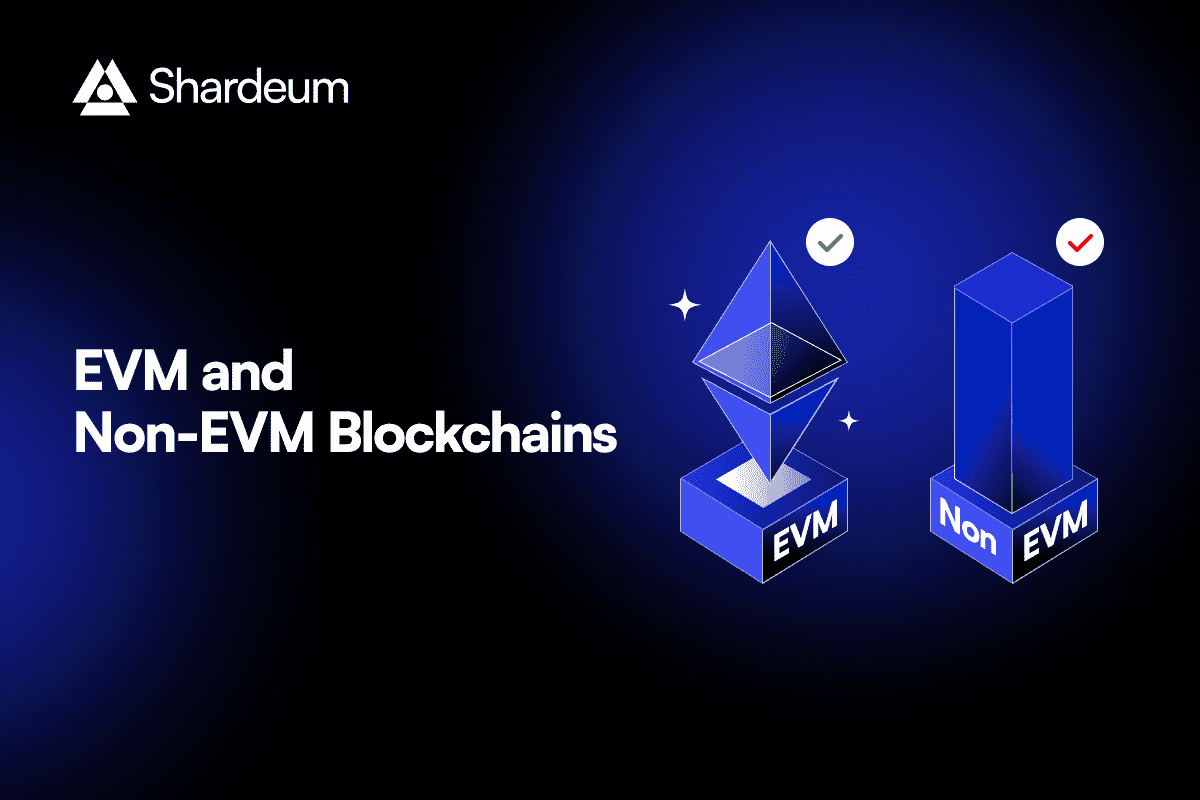
EVM Compatibility for Seamless Integration: Stablechain’s optimized EVM environment ensures compatibility with existing Ethereum-based tools and wallets, making it easy for private users to adopt and interact with the network without steep learning curves.
This infrastructure is a direct response to the shortcomings observed in legacy on/off-ramp solutions, where slow settlement times and high fees have deterred many from fully embracing stablecoins as a primary medium of exchange. For those seeking a more granular understanding of these technical innovations, see our analysis of how Stable, the first USDT-native blockchain, is changing stablecoin on/off-ramps.
Compared to conventional platforms that rely on multi-token gas models or require users to interact with third-party bridges, Stablechain’s approach is both cost-effective and operationally elegant. By leveraging USDT0 and gasUSDT, private users gain a frictionless experience, no more juggling multiple wallets or exposing personal information for trivial transactions. This is particularly relevant given the increasing scrutiny on centralized exchanges and ramp providers, where KYC requirements can undermine privacy goals.
Privacy by design is not just a marketing phrase for Stablechain. The integration of advanced account abstraction and EIP-7702 ensures that transaction metadata is minimized, making it harder for external observers to correlate wallet addresses or reconstruct user activity. In a market where privacy-preserving stablecoin solutions like Payy’s zk-powered Visa card are gaining traction, Stablechain’s native privacy features set a high bar for competitors.
Practical Use Cases: Stablecoin Cards, Anonymous Conversion, and Beyond
Stablechain’s technical advances translate directly into practical tools for end users. USDT stablecoin cards issued on Stablechain can be topped up, spent globally, and settled instantly, without the hidden fees or privacy trade-offs associated with legacy crypto cards. For those seeking anonymous stablecoin conversion, the ability to move in and out of fiat via on/off-ramps with minimal data exposure is a game changer.
Consider how this compares to existing solutions: Offramp. xyz, for example, charges a 1.5% fee on foreign transactions and variable costs for physical card shipping. While these services have broadened stablecoin acceptance, they still require users to trust intermediaries with sensitive data. Stablechain’s ecosystem, by contrast, enables direct, protocol-level settlement in USDT, reducing both costs and counterparty risk.
The Road Ahead: Layer 1 Stablecoin Blockchains and Market Impact
The emergence of Layer 1 stablecoin blockchains focused on privacy and efficiency signals a shift in how the industry views on/off-ramping. As regulatory and compliance pressures mount, platforms that can offer anonymous stablecoin conversion without sacrificing speed or user experience will be best positioned for growth. Stablechain’s model of gas-free stablecoin transfers and native USDT settlement is likely to inspire similar innovations across the sector.
For privacy-focused users, this evolution means greater autonomy and less reliance on centralized entities. For institutions, it offers a scalable, programmable foundation for compliant yet private settlement rails. The technical and operational advantages are clear, but so too is the need for ongoing vigilance as privacy technologies evolve alongside regulatory frameworks.
Top Privacy-Focused Stablecoin On/Off-Ramp Features for 2025
-
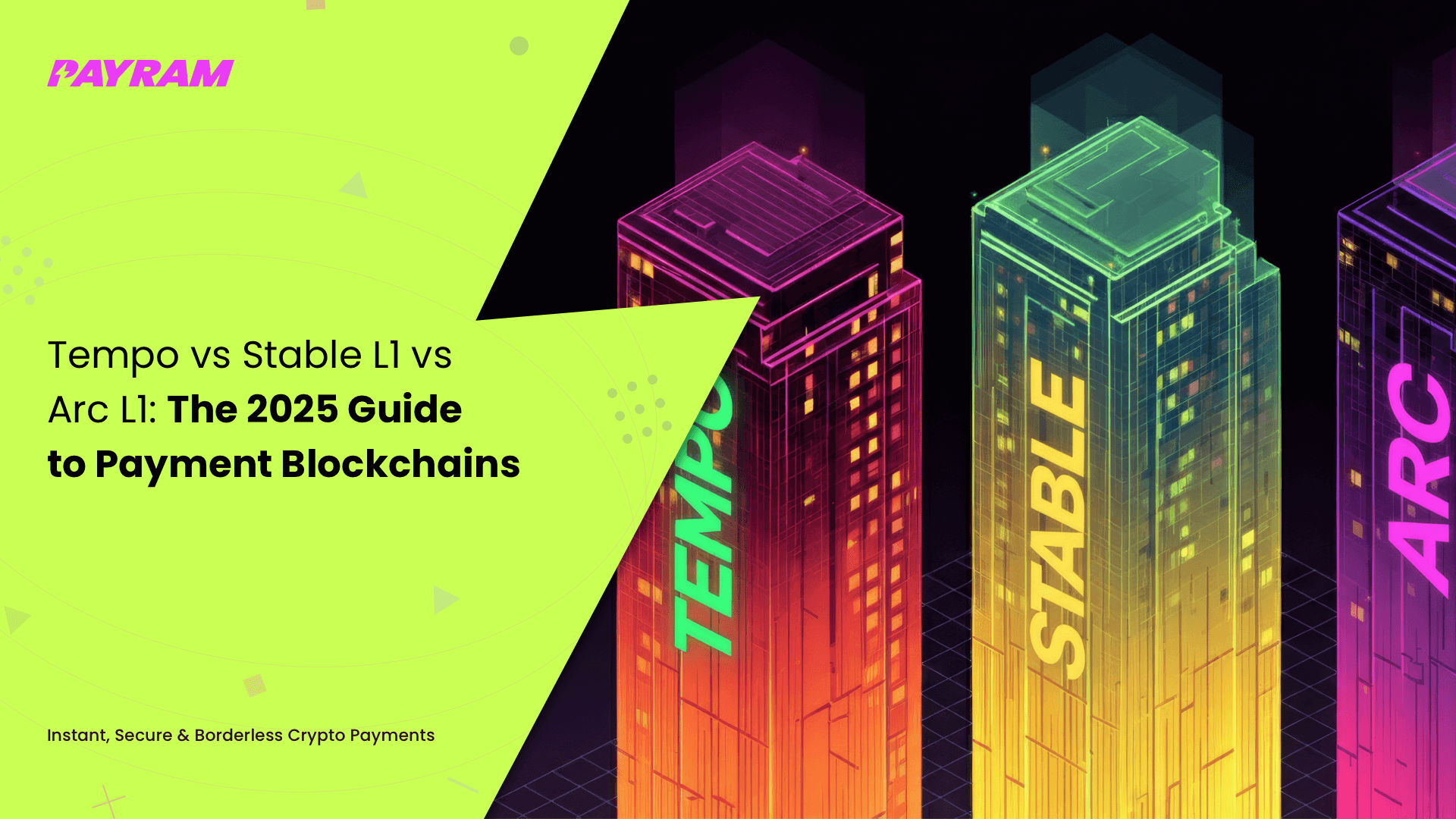
Native Stablecoin Gas Payments: Platforms like Stablechain enable users to pay transaction fees directly in USDT, eliminating the need for volatile intermediary tokens and simplifying the on/off-ramp process.
-
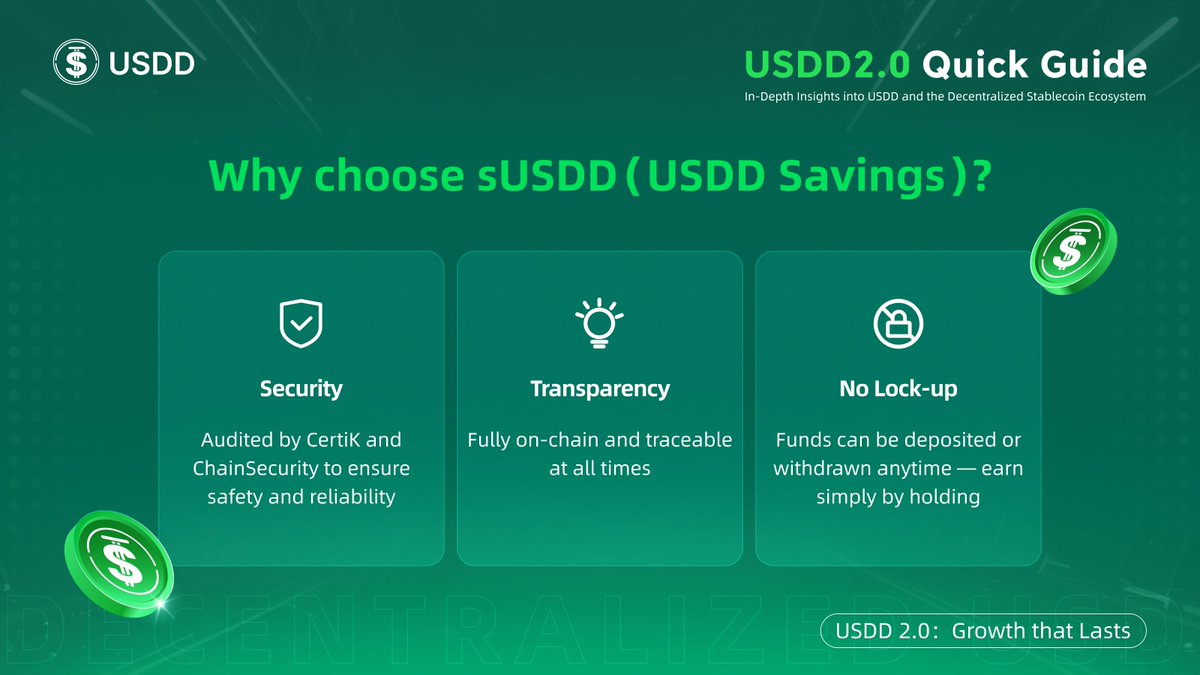
Gas-Free Peer-to-Peer Transfers: With innovations such as USDT0 and gasUSDT on Stablechain, users can make gasless USDT transfers leveraging technologies like EIP-7702 and Account Abstraction, significantly enhancing privacy and usability.
-
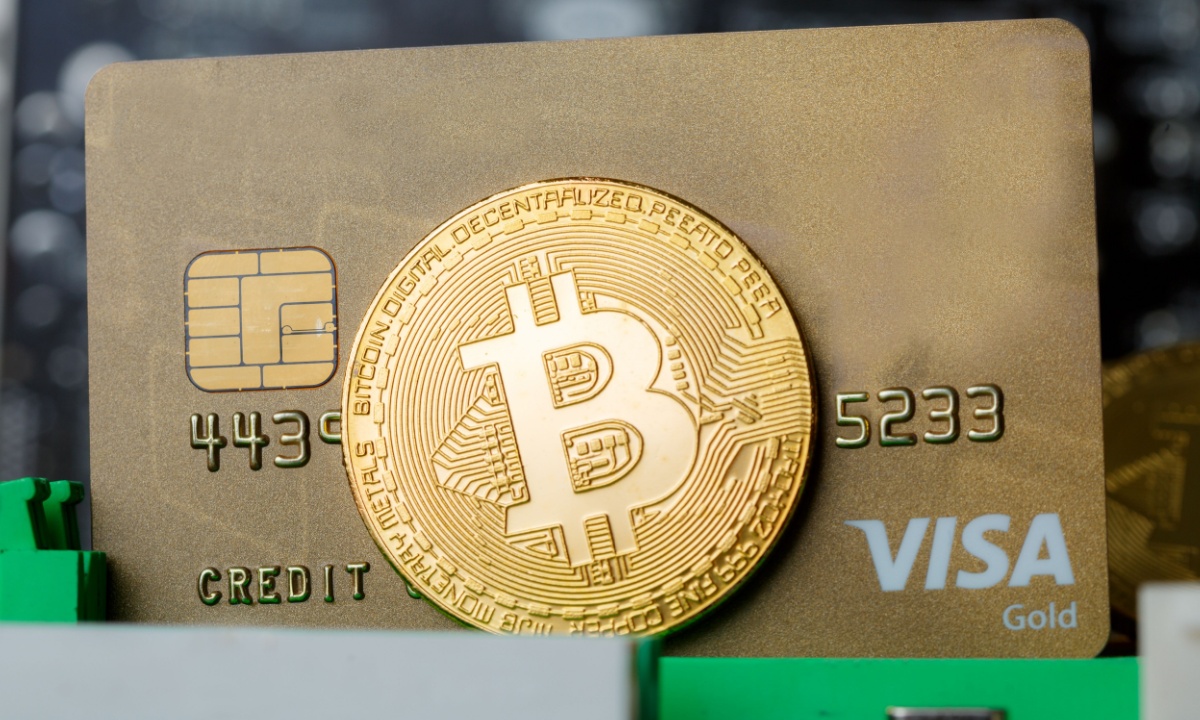
zk-Powered Payment Cards: Solutions like Payy introduce zk-SNARK-enabled Visa cards for stablecoins, allowing private real-world spending while preserving transaction confidentiality.
-
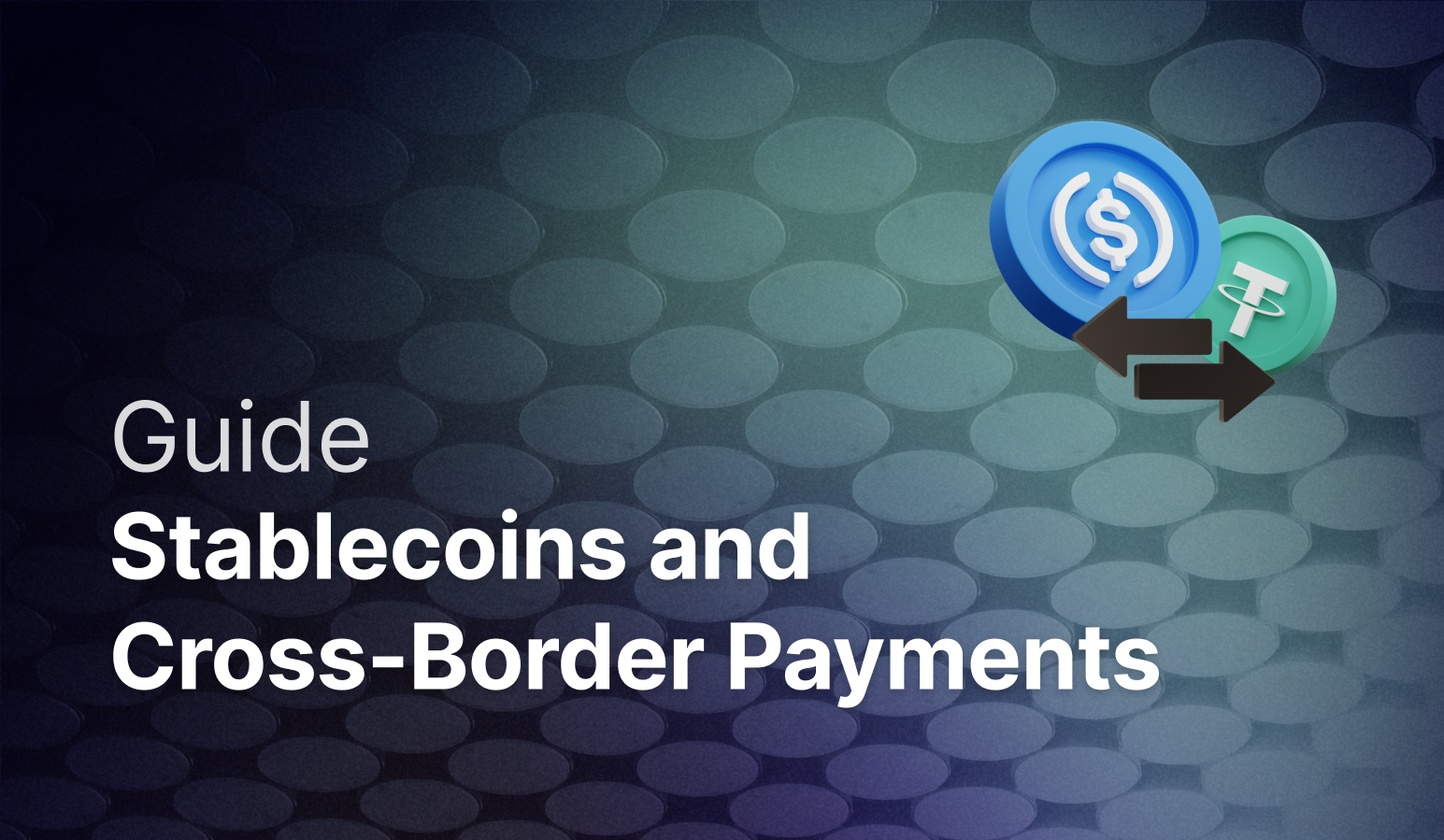
Headless API and Widget Integration: Providers such as Crossmint offer embeddable on/off-ramp widgets and APIs, enabling seamless and privacy-conscious fiat-to-stablecoin conversions within third-party apps.
-

Global Virtual and Physical Stablecoin Cards: Platforms like Stables and Offramp.xyz provide multi-currency cards for spending USDT, USDC, and PYUSD worldwide, often with privacy-focused features and minimal personal data requirements.
-

Enhanced Compliance with Privacy: Leading on/off-ramp solutions such as Paychant balance regulatory compliance with privacy-preserving local payment rails, especially in regions like Africa, supporting discreet stablecoin-fiat transactions.
Stablechain’s impact can already be felt across the stablecoin market, influencing everything from card issuance models to anonymous off-ramp protocols. As adoption accelerates, expect to see more integrations with wallets, payment processors, and DeFi protocols eager to capitalize on USDT-native, gas-free infrastructure. For a deeper exploration of this trend, see our guide on how stablecoin-powered Layer 1 chains are changing on/off-ramp payments in 2025.
